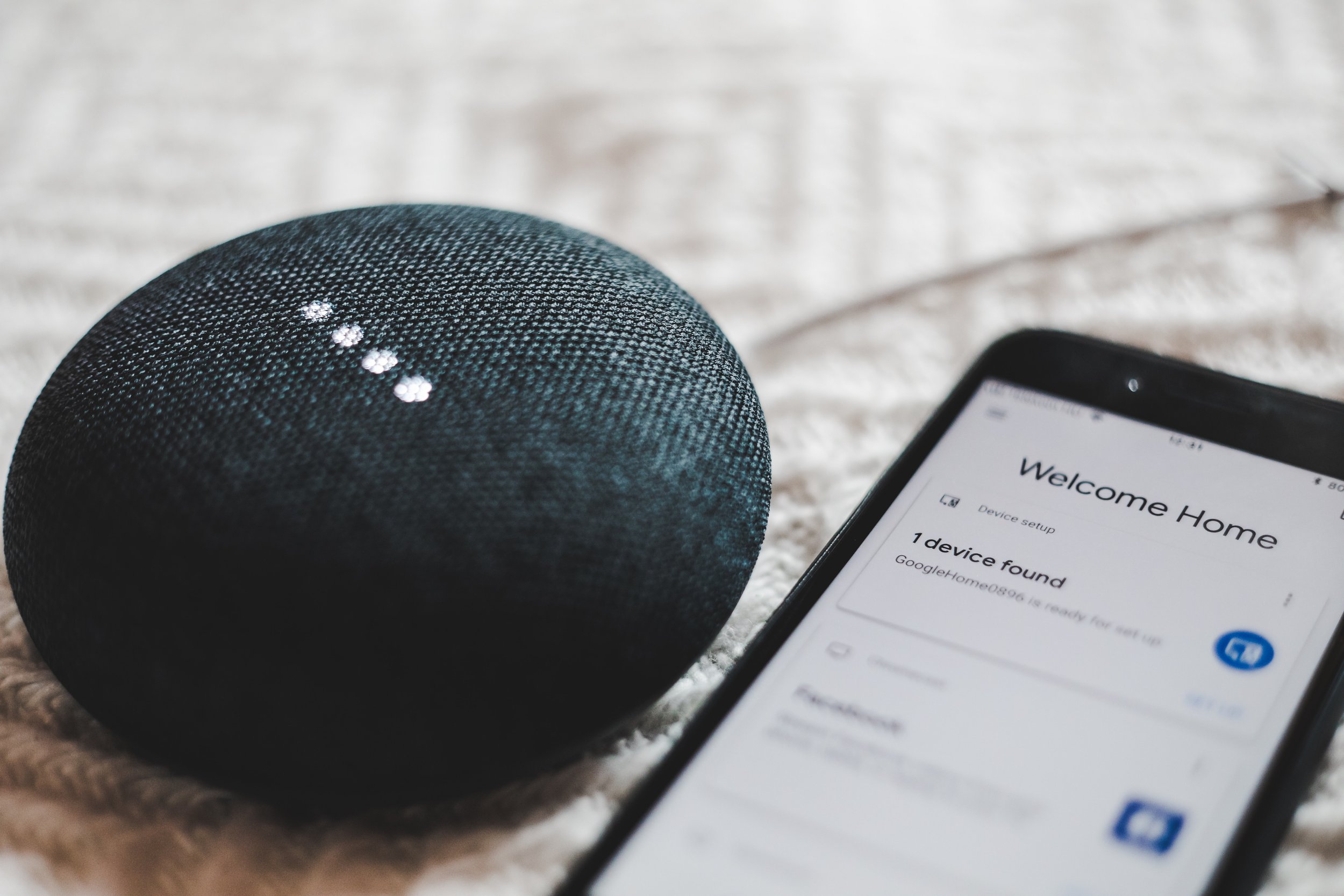Smart home technology for people with disability
Smart home technology is rapidly advancing, providing new opportunities for individuals to make their homes more comfortable, accessible, and secure. For people living with disability, these advancements in home automation can have a significant impact on their daily lives and overall quality of life. In this article, we will discuss the various types of smart home technology, how they can benefit those living with disability, and some of the most common smart home technology in the market today.
What technology is in a smart home?
A smart home integrates various digital technologies into household appliances and devices to allow them to communicate with each other. Some of these include:
What are examples of smart homes?
Examples of smart homes include those that allow for remote control and automation of lighting, temperature, and security systems. For individuals living with disability, this can include automated doors, showers, and toilets, and the integration of assistive technology such as voice-activated control systems.
What is the best smart home system in Australia?
The best smart home system in Australia will vary based on individual needs and preferences. However, some popular options include Google Nest, Amazon Alexa, Samsung SmartThings and of course our Homeable branded suite of accessible smart home technology.
What is needed for a smart home?
To set up a smart home, you will usually need a stable WiFi connection, a smart hub and compatible devices. You can start your smart home journey with as little as a few devices.
Benefits of smart home technology for people with disability
Smart home technology can provide numerous benefits for individuals living with disability. For instance, it can increase accessibility, enhance safety, and improve overall quality of life. Home automation devices such as automated doors, smart lighting and blind solutions as well as video doorbells can greatly assist individuals who have difficulty with mobility, allowing for greater independence and control over their daily routines. Voice-activated control systems can also make it easier for individuals with physical or cognitive disabilities to interact with their home environment.
What is the NDIS and how does it fit in the picture?
The National Disability Insurance Scheme (NDIS) provides support for individuals with disability in Australia. NDIS providers and NDIS service providers offer various services and support that help NDIS participants achieve the goals within their plans. These goals are often based around increased independence, safety and autonomy. Smart home technology products can be funded using a participant’s NDIS budget if it aligns with their objectives within their plan and helps them achieve their goals.
Conclusion
Smart home technology is just one way that individuals can make their homes more comfortable, accessible, and secure. Whether you are looking for a way to increase your independence, enhance your safety, or simply make your daily routine easier, smart home technology can provide the solutions you need.
It is clear that smart home technology has the potential to greatly benefit people living with a disability by providing increased accessibility, enhanced safety, and improved quality of life. Whether you are looking for the best smart home system in Australia, or simply exploring the various options available, it is important to consider the unique needs and preferences of individuals with disability when choosing the right home automation solution.
If you want to know how smart home technology can benefit you, you can fill out our smart home assessment and receive a personalised solution at zero cost to you! To find out more visit our website!


